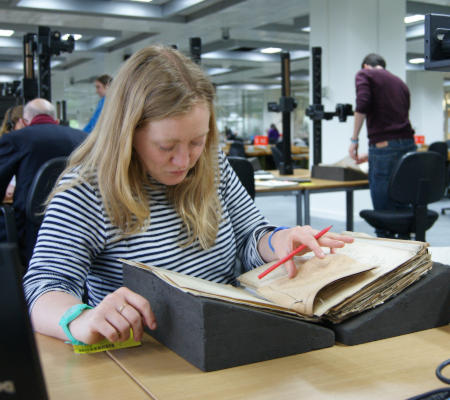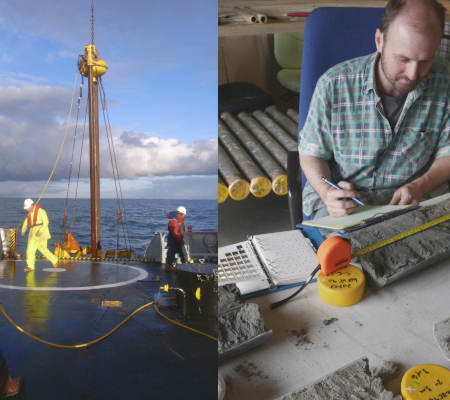Reports & Assessments
Planning ahead for project success
Desk-Based Assessments
Trident Archäologie produces high-quality desk-based assessments (DBA) which are often submitted in conjunction with planning applications. We’ll identify any likely heritage constraints which may be present at a development site and give our expert opinion on the best course of action.
A DBA comprises a study of the historic environment around the proposed site and normally includes historical and archaeological background information gathered through a range of methods including:
- documentary research
- interrogation of the local Historic Environment Record and other available sources
- creation of a photographic record of the site and its surroundings
- an assessment of the significance of any identified heritage assets.

The Desk-Based Assessment Team
The Desk-Based Assessment Team
Environmental Impact Assessments (EIA)
Our team regularly contributes chapters to Environmental Impact Assessments (EIA) and has a proven track record of producing robust, defensible documents for some of the largest construction projects in Europe.
The Environmental Statement (ES) for an EIA is a complex document, particularly when the proposed development is controversial or if it is an infrastructure project.

An archaeological or cultural heritage chapter for an ES draws on a range of information gathered from a desk-based assessment, supported by the results of non-intrusive surveys like geophysics and the results of intrusive archaeological fieldwork. In addition, ES chapters often require input from other disciplines such as ecology and geology.
Our consultants regularly work as part of multi-disciplinary teams and are experienced in drawing data together and carrying out accurate and proportionate assessments in line with local, regional and national planning legislation and policy.
An archaeological or cultural heritage chapter for an ES draws on a range of information gathered from a desk-based assessment, supported by the results of non-intrusive surveys like geophysics and the results of intrusive archaeological fieldwork. In addition, ES chapters often require input from other disciplines such as ecology and geology.
Our consultants regularly work as part of multi-disciplinary teams and are experienced in drawing data together and carrying out accurate and proportionate assessments in line with local, regional and national planning legislation and policy.
Geoarchaeological Desk-Based Assessments
Submerged terrestrial landscapes can be buried deep beneath the current seabed, and date from a time when sea-levels were significantly lower than present day.
A geoarchaeological desk-based assessment can be key in identifying any archaeological risks to a project at an early stage. It provides also an overarching view of archaeological potential for schemes such as offshore wind farms which cross both land and sea.

The Geoarchaeological Team
Our team of geoarchaeological specialists can undertake geoarchaeological desk-based assessments, collating and interpreting available subsurface data from a site and then modelling the results using industry-leading software.
They are experts in a wide range of evidence-types and data which they use to help identify, characterise and evaluate archaeological and palaeoenvironmental potential.
The Geoarchaeological Team
Our team of geoarchaeological specialists can undertake geoarchaeological desk-based assessments, collating and interpreting available subsurface data from a site and then modelling the results using industry-leading software.
They are experts in a wide range of evidence-types and data which they use to help identify, characterise and evaluate archaeological and palaeoenvironmental potential.
